Top 10 Fivetran Competitors & Alternatives 2026
Summarize this article with:
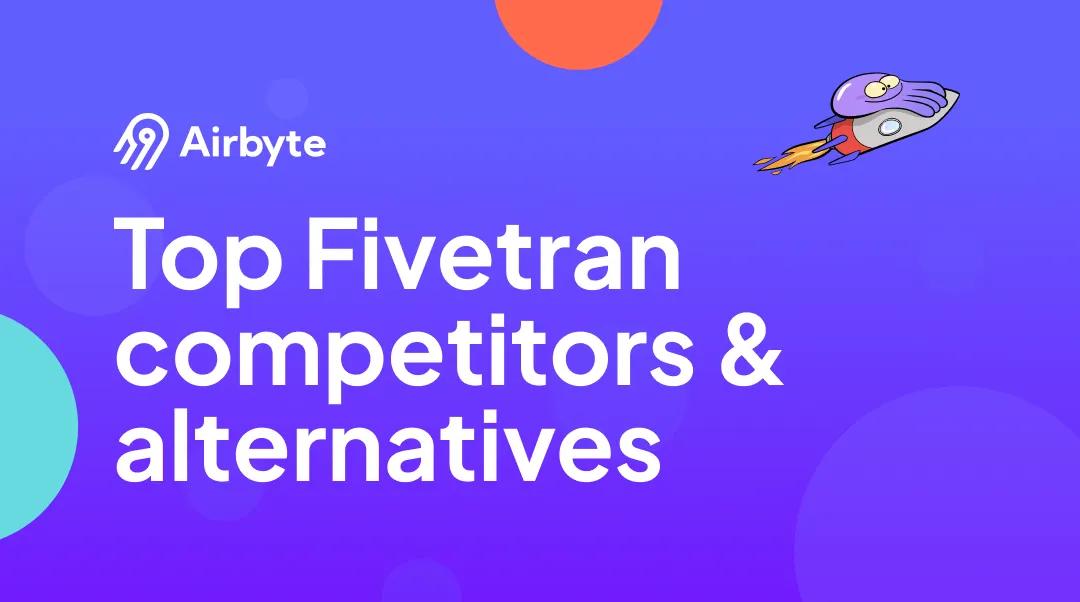

Fivetran is a data integration platform that streamlines the process of centralization by connecting multiple sources to the destination of your choice. It has become the go-to choice for organizations that need an ELT (Extract, Load, Transform) platform for data integration practices. The platform lives up to its expectations. However, Fivetran also has some limitations. For instance, compared to other tools, it has limited connectors, can push data in only one direction, and has a complex pricing structure.
In this article, you will learn about the top ten Fivetran alternative tools to overcome these limitations in your next data integration practices.
What is Fivetran?
Fivetran is a modern cloud-based data integration tool that automatically moves data from various sources into your data warehouse. Think of it as a smart data pipeline that connects your different business applications, databases, and files, and then continuously syncs this data to a central location. This makes it easier for businesses to analyze their data and make informed decisions.
Key Features of Fivetran:
- Ready-to-use connectors: Over 500+ pre-built connectors for instant integration with popular apps and databases
- Automated maintenance: Handles updates, schema changes, and API modifications automatically, reducing engineering workload
- Real-time synchronization: Keeps your data warehouse up-to-date with continuous data syncing
- Data transformation: Built-in SQL-based transformation tools to clean and structure your data
- Security compliance: Enterprise-grade security with SOC 2, HIPAA, GDPR, and other certifications
Why Consider Fivetran Competitors?
While Fivetran is a robust data integration platform, exploring alternatives helps make an informed decision. Some organizations may find competitors better suited to their needs due to pricing flexibility, specific connector requirements, or unique transformation capabilities. Competitors often offer specialized features or pricing models that could provide better value depending on your use case.
Key Reasons to Explore Alternatives:
- Cost optimization: Fivetran works well for many use cases, its pricing (which is based on Monthly Active Rows) can become expensive—especially for smaller data volumes or when non-relational data inflates row counts. This makes cost optimization a legitimate reason to consider alternatives.
- Specialized connectors: Some alternatives (for example, platforms like Airbyte or Talend) can provide more specialized connectors or allow for custom connector development. This is beneficial for organizations with niche data sources or industry-specific integration needs.
- Customization flexibility: Alternative platforms might offer more control over data pipeline customization and transformation logic.
- Deployment options: While Fivetran is a cloud-only solution, some competitors provide both cloud and on-premises deployment options, which may be crucial for certain compliance requirements.
- Regional compliance: Different vendors may have better coverage or compliance certifications for specific geographic regions.
Top 10 Fivetran Competitors & Alternatives
Here is a list of the top Fivetran competitors and alternatives:
1. Airbyte
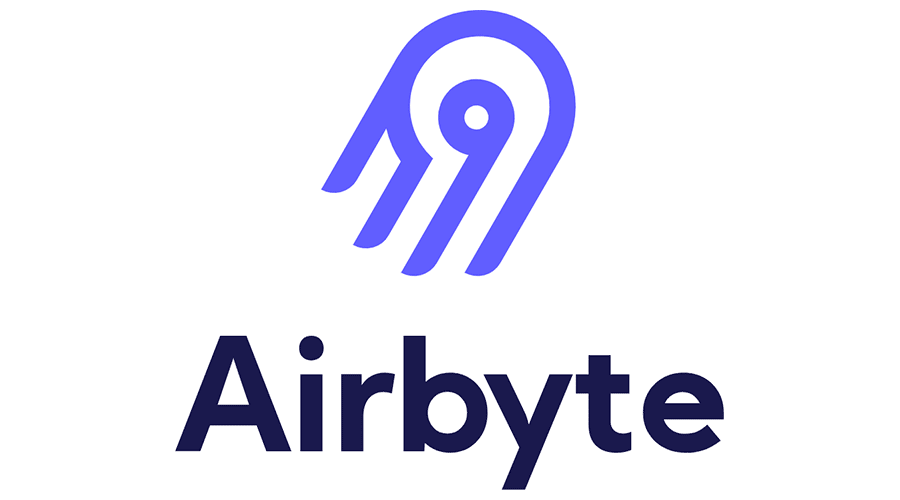
Airbyte is the leading data movement infrastructure platform with 5,000+ users in less than 3 years. The platform allows you to connect from any data source to the destination of your choice using its extensive 400+ connector library. These pre-built connectors automate most data pipeline tasks and enable you to connect with unique data sources as needed. Airbyte also offers an intuitive no-code/low-code connector builder that lets you build and maintain custom connectors within 15 minutes, effectively enabling you to address all your data access needs.
Airbyte offers easy-to-use developer-friendly interfaces - UI, API, Terraform Provider, and even a Python Library PyAirbyte - to manage data pipelines as per your requirements without much technical expertise.
What sets Airbyte apart from other platforms is:
- Trust through community: The largest data engineering community (900+ contributors) leads to the largest catalog of fully-maintained off-the-shelf connectors (AI-focused too).
- Versatility: You can customize any connectors to your needs, or build new ones in a few minutes. Airbyte also supports AI pipelines (unstructured data sources and vector databases).
- Security and control: You also have control over the platform, self-hosted or cloud-managed.
Key features of Airbyte are:
- Developer-friendly Interfaces: Airbyte provides four ways to manage your data pipeline. These are UI, Terraform provider, API, and Python Library. The user interface is an easy way to build a pipeline. The Terraform provider enables you to programmatically manage the data pipeline with full control. Lastly, the API option offers an option to handle pipelines using APIs.
- Custom Connectors: If the huge library of pre-built connectors is not enough, you can use the custom connector feature of Airbyte. With the Connector Development Kit of Airbyte, you can build custom connectors within minutes according to your specific requirements.
- AI-Powered Connector Builder: Airbyte provides an AI-powered assistant within its Connector Builder. This aids in the custom connector creation process by automatically pre-filling required fields using the provided API documentation.
- GenAI Application Development: By utilizing Airbyte’s support for RAG transformations, such as chunking and indexing, you can transform semi-structured and unstructured data into vector embeddings. Storing these vectors in prominent vector databases like Pinecone, Weaviate, and Milvus can help you streamline GenAI workflows.
- Change Data Capture (CDC): Airbyte offers a CDC feature for several connectors. This feature allows you to capture and replicate only the changed data from the source system to the destination system, ensuring efficient synchronization.
- Self-Managed Enterprise: Airbyte offers a self-managed enterprise plan for large-scale organizations with complex data integration needs. This version offers features like role-based access control (RBAC), enterprise support with service level agreements (SLAs), multitenancy, and personally identifiable information (PII) masking.
Pricing
Airbyte provides four versions —Open-Source, Cloud, Team, and Self-Managed Enterprise— and the pricing varies accordingly: The open-source version is free to use and managed by its vibrant community. The cloud version follows a pay-as-you-go model, so you only pay for the credits you consume. The Self-Managed Enterprise version and the Airbyte Team version both have customized pricing.
Advantages Over Fivetran
- Compared to Fivetran, Airbyte will enable your team to address all their data pipeline needs within one platform, through its versatility and connector builder. With Fivetran, in a world that requires timely data access to an always growing list of data sources, your team will always need to build in-house connectors on the side, which is both inefficient and not scalable.
- You can have Airbyte as either cloud-managed or self-hosted, while Fivetran is only cloud-managed.
- Airbyte enables to address AI use cases.
- Airbyte provides an open-source version that is free to use for basic data integration practices. This allows you to start testing a more flexible product without any security compliance process, and to leverage a vibrant community for support on any issue that might arise.
- Airbyte is way more cost-effective as compared to Fivetran.
2. Stitch

Stitch positions itself as a no-code, enterprise-grade ELT platform that enables you to build data pipelines easily. Stitch has over 140+ connectors to offer for connecting with desired data sources. These connectors build the integrations you need to pull data and send it to the desired storage system of your choice.
Stitch also allows you to perform basic data transformation tasks such as data type conversions, aggregation, and manipulation to store data in the destination. However, you need to use Talend, its parent company, for advanced transformation needs.
Pricing
Stitch offers three versions: Standard, Advanced, and Premium. The pricing for every solution increases respectively. The Standard version starts at $100 monthly, the Advanced version costs over $1,250, and the Premium version costs over $2,500 monthly.
Advantages Over Fivetran
- Stitch is a part of Talend, a unified platform that provides different data management services. The services include data transformation, big data processing, and analytics. Therefore, you don’t have to jump across different platforms for solutions.
- Stitch is more cost-effective as compared to Fivetran.
3. Hevo
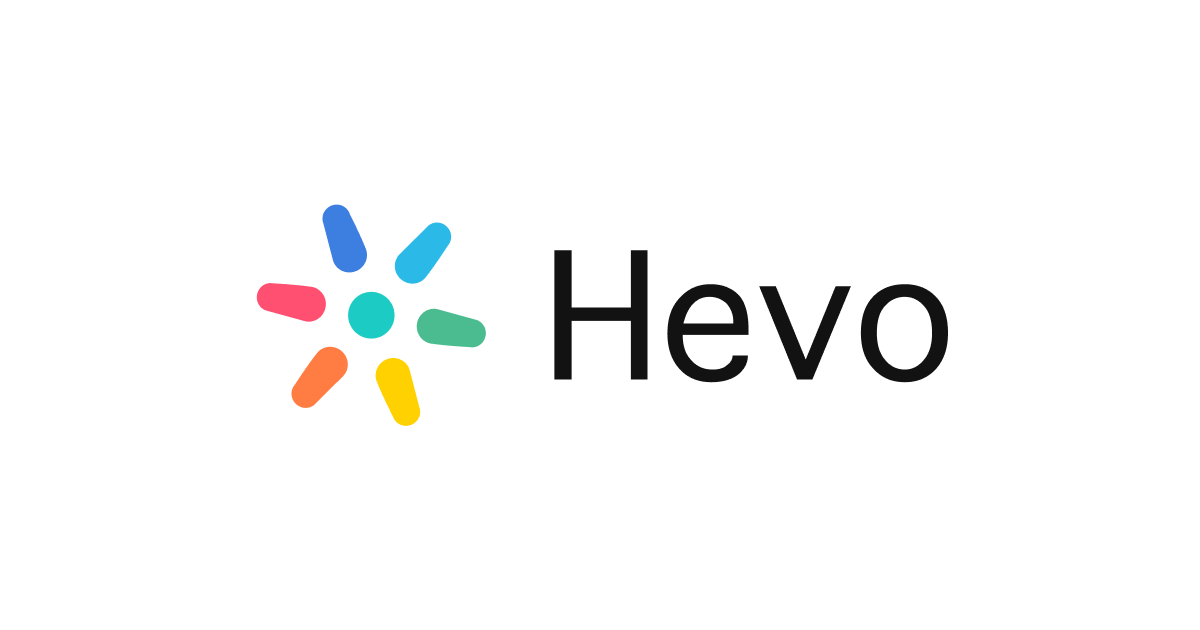
Hevo is another popular data integration platform known for its zero-maintenance data pipelines. The platform lets you set up bi-directional data pipelines in minutes to synchronize data from different data sources to the warehouse.
Hevo primarily offers two solutions to fulfill data integration requirements: Hevo Pipeline and Hevo Activate. Hevo pipeline is a data pipeline automation tool to transform and integrate data from various sources to destinations. Hevo Activate is a reverse ETL platform that allows you to move data from destination to source for analytics purposes.
Pricing
Hevo provides three versions for different organizational requirements: Free, Starter, and Business. The Free one is, as the name suggests, free. However, it comes with very limited functionalities. The Starter version starts with 5 million events and costs over $299 monthly. The Business version of the platform has customized pricing, and you can contact sales to get exact numbers on costs.
Advantages Over Fivetran
- Unlike Fivetran, which supports only ELT, Hevo supports both ELT and ETL, which can benefit specific use cases.
- Hevo has a built-in reverse ETL platform (Hevo activate), which allows you to transfer data from the data warehouse to operational systems and activate your data.
4. Matillion

Created in 2011, Matillion is a cloud-based data integration and transformation tool. The platform provides a visual, low-code interface for orchestrating, designing, and managing data pipelines. This allows you to move, transform, and load data to and from your storage system or operational system of your choice. While all the other ELT or ETL tools are focused on automating the process, Matillion stands out as a platform that is designed for developers to create customized data pipelines.
Pricing
Matillion offers three plans: Basic, Advanced, and Enterprise. All the plans follow a pay-as-you-go model where you are billed on actual usage. The basic plan costs $2 per credit, and the advanced plan costs $2.50 per credit and $2.70 per credit.
Advantages Over Fivetran
- Matillion is a code-optional platform, which means you can use your logic to set up integrations by creating data pipelines.
- Matillion is more budget-friendly than Fivetran.
5. Meltano

Meltano is an open-source data integration platform that helps you to create a data stack within minutes. The platform provides over 300+ connectors and additional integrations like great expectations and dbt to streamline data integration tasks.
Meltano not only gives you flexibility but also provides other services that complement data integration in an ideal way. These services include big data processing, workflow orchestration, and visualization.
Pricing
The platform has two versions: open-source and cloud. The open-source is free and involves almost all the features of Meltano. However, if you require automation, the cloud version comes with a pay-as-you-go model, where you are charged according to the credits you use in the platform.
Note: The cloud version is currently in Beta and is not working actively. Therefore, you have to join a waitlist to use the platform.
Advantages Over Fivetran
- Meltano is highly customizable and allows you to build a flexible pipeline that meets your unique and specific business needs.
- The platform is free to use and has a vibrant open-source community.
6. Rivery

Rivery is an ELT platform that provides data integration, activation, transformation, and workflow orchestration. Its no-code graphical interface and extensive library of 200+ pre-built connectors allow you to automate most tasks in building data pipelines. However, that doesn’t mean it lacks flexibility. It provides the feature to code in SQL and Python to perform advanced data transformation tasks.
Rivery refers to data pipelines as rivers, and it allows you to create three types of rivers in the platform:
- Source to destination river for data integration.
- Logic river for workflow orchestration and data transformation.
- Action river for making REST API calls to perform management tasks like data synchronization and enrichment.
Pricing
Rivery offers three versions: starter, professional, and enterprise. The starter plan costs $0.75 per rivery pricing unit (RPU) monthly credit. The professional plan is designed for advanced teams and costs $1.20 per RPU credit monthly. Finally, the enterprise plan is customizable, and you can contact sales to inquire about its costs.
Advantages Over Fivetran
- Rivery provides a unified platform with ideal features to complement data integration, including data transformation, orchestration, and activation.
- Rivery supports reverse ELT by default, which can be useful if you want to do data activation.
7. Talend
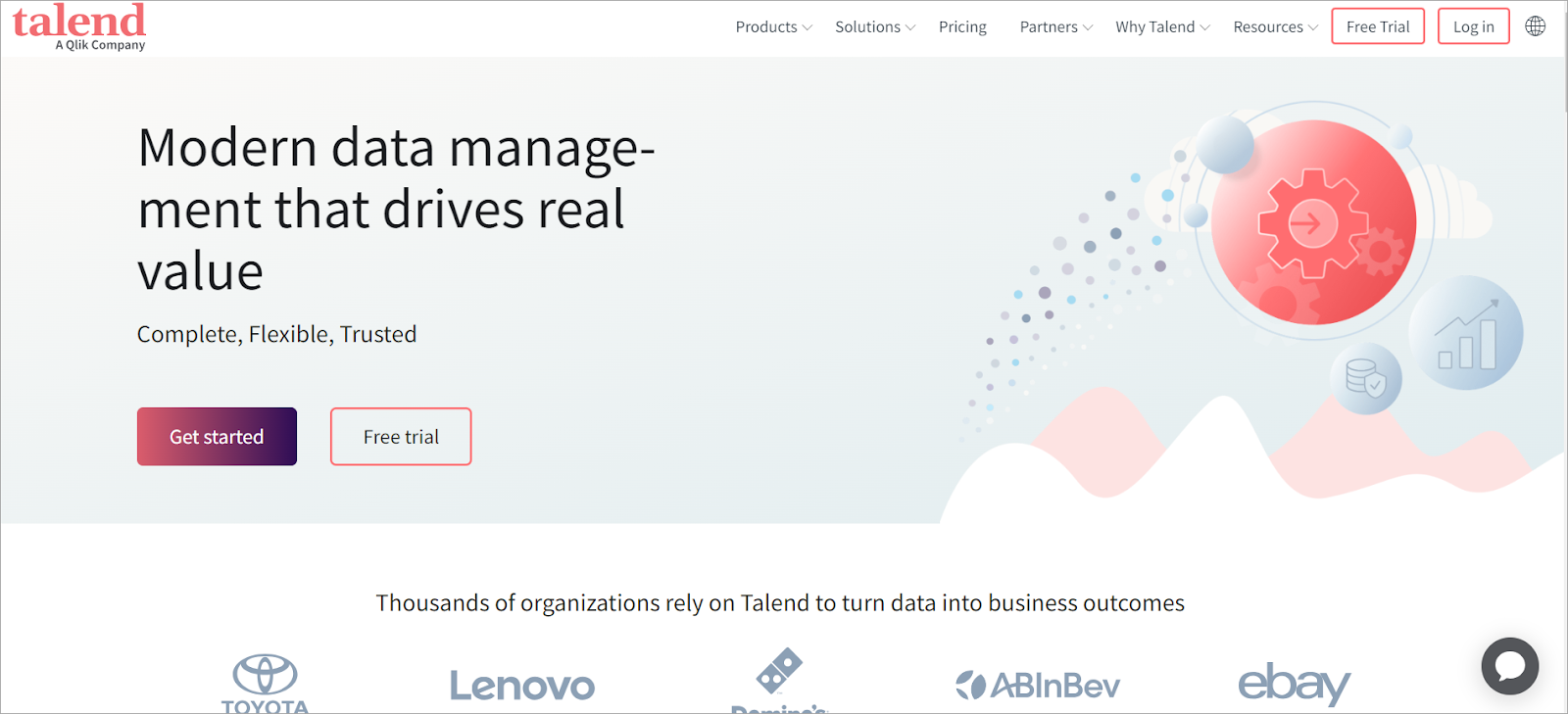
Talend is an enterprise-grade data integration platform that helps companies connect, process, and govern data seamlessly, irrespective of its source. With Talend, you can get a variety of connectors to integrate different sources or destinations easily. It provides data transformation facilities, such as data type conversions, data aggregations, and data manipulations, making the product strong for handling any complex data workflow.
Pricing
Talend provides different pricing tiers to suit diverse business needs. Pricing starts at $100/month.
Advantages Over Fivetran
- Unified Platform: Talend provides an all-in-one suite for data management services, including data integration, transformation, big data processing, and analytics. This negates any need for going through different platforms for a host of solutions.
- Data Transformation: Talend has more advanced data transformation capabilities compared to Fivetran, hence fitting for complex data workflows.
8. Integrate.io

Integrate.io is very useful for any business that deals with large volumes of data by ensuring the processing and analyses of such data are done efficiently. Besides, Integrate.io has special features that meet the needs of various industries individually. This includes real-time processing of data and big data management.
Pricing
Integrate.io provides flexible pricing plans for various business needs. The Starter plan costs $2.99/credit for 500 credits. The Professional plan is designed for advanced teams and costs $0.62/credit for a total of 4,800 credits. The Expert plan costs $0.83/credit for 6,000 credits.
Advantages Over Fivetran
- Multifunctional: Unlike Fivetran, which focuses on its core function of data integration, Integrate.io provides all-inclusive data management features: real-time data processing, big data management, and end-to-end data transformation tools.
- Flexible Pricing Plans: Integrate.io's flexible pricing plans can be more cost-effective for businesses. With a highly customizable approach to its pricing, it ends up being more economical for companies than Fivetran and its fixed tiers.
9. AWS Glue

AWS Glue is a fully managed ETL service that integrates with other AWS services and has a powerful inbuilt solution to build and manage all data pipelines with a serverless architecture—no infrastructure management is required; just develop your ETL jobs. AWS Glue provides a huge number of connectors for various sources; these connectors help in easily integrating and moving data.
Pricing
AWS Glue does provide Pay-As-You-Go, Save When You Commit, and Pay Less By Using More models, wherein the cost is accrued only for the data processed and resources used.
Advantages Over Fivetran
- Serverless Architecture: One of the key differentiators between AWS Glue and Fivetran is that the former is a serverless service. That means it eliminates operational overhead in managing and scaling infrastructure. This reduces overhead costs in a very obvious manner.
- Flexible Pricing Model: AWS Glue's on-demand model makes it more cost-effective for companies than other solutions like Fivetran, as you only pay for the volume that is processed, and you avoid all those fixed costs involved in the pricing tiers from Fivetran.
10. CloverDX
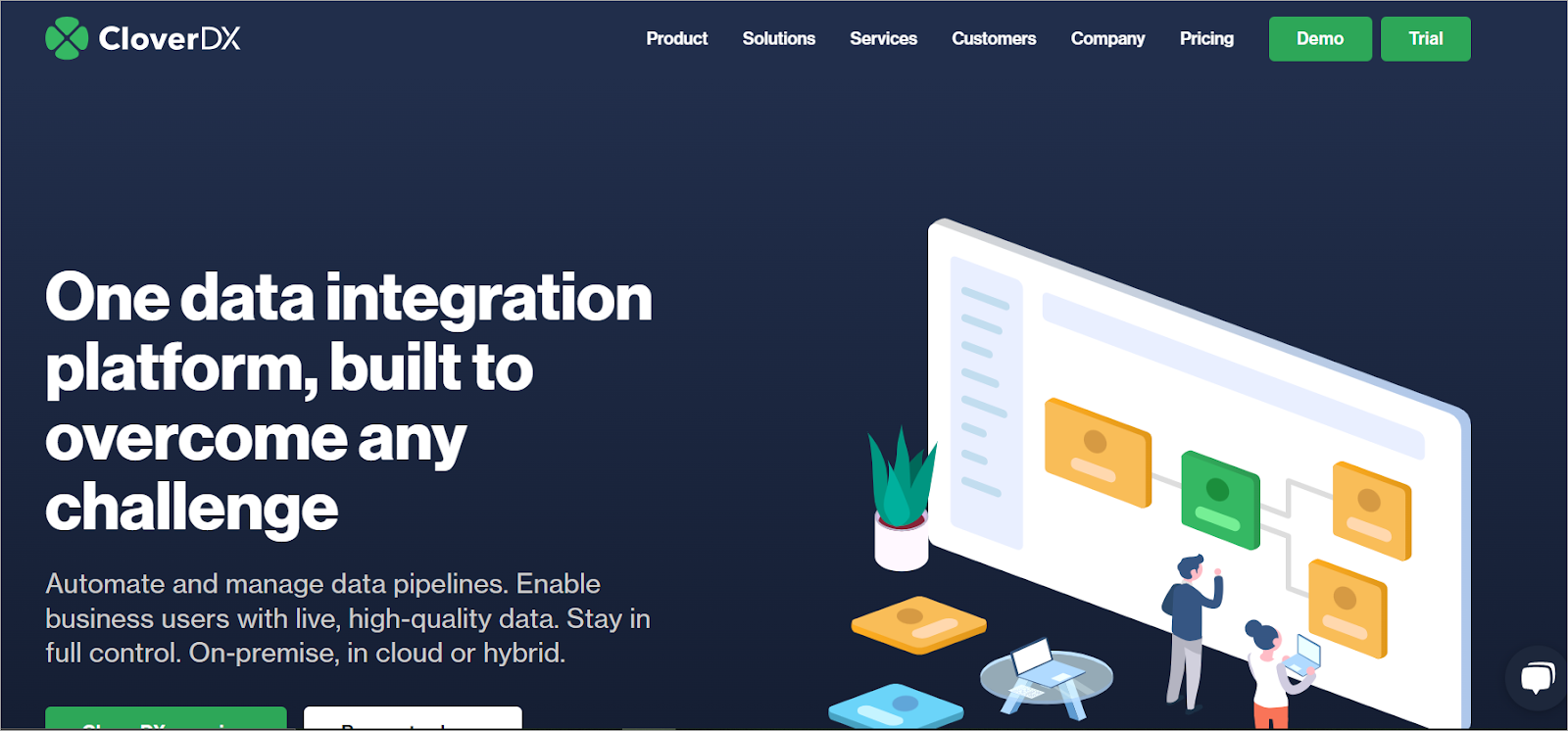
CloverDX is an integration platform for developing, managing, and orchestrating even the most complicated data workflows. Its robust capabilities make it ideal for handling large-scale data processing tasks efficiently. CloverDX supports ETL and ELT processes, enabling full service in data transformation and management.
Pricing
CloverDX provides flexible pricing based on the demands and magnitude of the deployment. It provides three plans, viz., Standard, Plus, and Enhanced. While the Standard starts at $5,500/unit, the other two plans need to be quoted. Pricing information is usually customized; companies can therefore choose a plan that fits their requirements best while working within their budget.
Advantages Over Fivetran
- Complex Data Transformation: CloverDX leads much ahead in advanced data transformation compared to Fivetran, providing advanced flexibility and control for sophisticated data workflows.
- Customization and Scalability: CloverDX is highly customizable and scalable, which makes it implementable even in large enterprises with complex data integration requirements.
Conclusion
Whether you’re trying to find a dedicated data integration or something that can do more data integration tasks, there are many options in the market. In this article, you have learned about six alternatives to the leading ELT tool, Fivetran. Every tool has its benefits and use case. For instance, Stitch might be useful for unified services, Hevo might be ideal if you want to perform data activation, and Meltano can be a good open-source alternative to Fivetran.
However, if your concern is ELT, then we suggest exploring Airbyte Usecases. With an extensive library of connectors, orchestration capabilities, and a vibrant open-source community, it is the best tool for data integration practices. Sign up or log in with Airbyte today!
Eager to learn more about modern data pipeline tools? These in-depth comparison guides have you covered.
What should you do next?
Hope you enjoyed the reading. Here are the 3 ways we can help you in your data journey:



Frequently Asked Questions
What is ETL?
ETL, an acronym for Extract, Transform, Load, is a vital data integration process. It involves extracting data from diverse sources, transforming it into a usable format, and loading it into a database, data warehouse or data lake. This process enables meaningful data analysis, enhancing business intelligence.
This can be done by building a data pipeline manually, usually a Python script (you can leverage a tool as Apache Airflow for this). This process can take more than a full week of development. Or it can be done in minutes on Airbyte in three easy steps: set it up as a source, choose a destination among 50 available off the shelf, and define which data you want to transfer and how frequently.
The most prominent ETL tools to extract data include: Airbyte, Fivetran, StitchData, Matillion, and Talend Data Integration. These ETL and ELT tools help in extracting data from various sources (APIs, databases, and more), transforming it efficiently, and loading it into a database, data warehouse or data lake, enhancing data management capabilities.
What is ELT?
ELT, standing for Extract, Load, Transform, is a modern take on the traditional ETL data integration process. In ELT, data is first extracted from various sources, loaded directly into a data warehouse, and then transformed. This approach enhances data processing speed, analytical flexibility and autonomy.
Difference between ETL and ELT?
ETL and ELT are critical data integration strategies with key differences. ETL (Extract, Transform, Load) transforms data before loading, ideal for structured data. In contrast, ELT (Extract, Load, Transform) loads data before transformation, perfect for processing large, diverse data sets in modern data warehouses. ELT is becoming the new standard as it offers a lot more flexibility and autonomy to data analysts.
